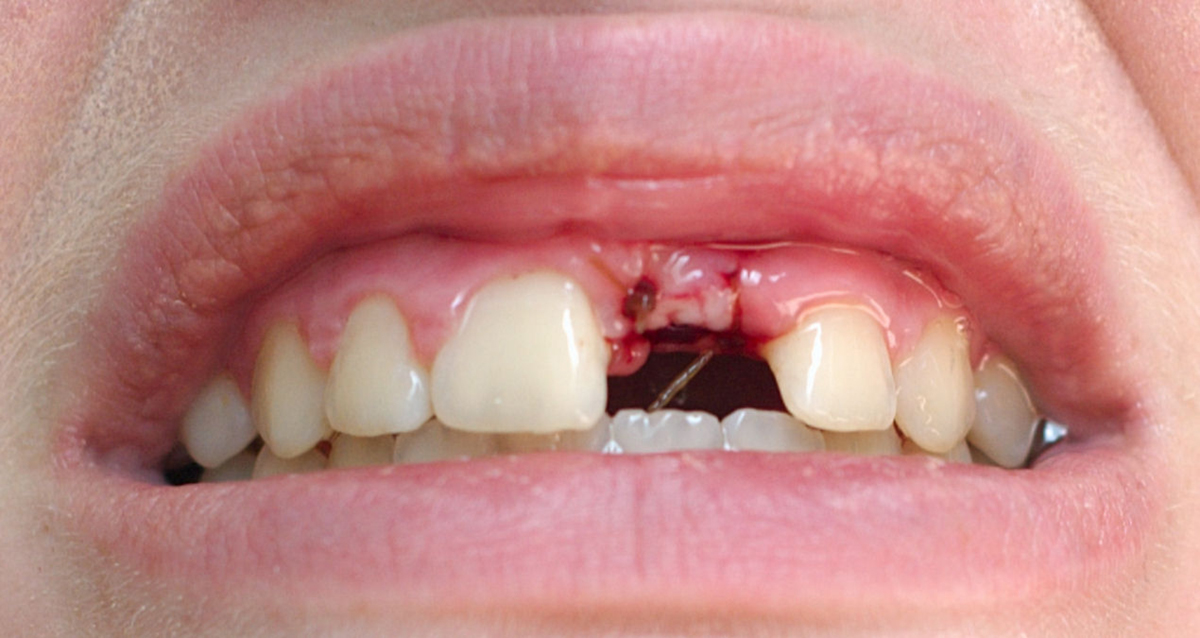Table of Contents
What Problems Do Missing Teeth Cause?
Every tooth in the arch has a set position, a role and a counterpart with whom it meets in a certain position (also called as occlusion). Uncontrolled shifting of the teeth from their normal position is very problematic and can result in something called a "collapse" of the arch.
The patient will have irregularly placed teeth, may feel that food is getting stuck in between the teeth and is unable to clean them properly. The development of the jaw also may be compromised. Some patients may have an excess of spacing in between their teeth since they have lesser teeth in a normal sized jaw.

Even if all the teeth seem to be arranged in a proper arch without any spacing, aesthetically there remains a major problem and even though people are not able to pinpoint what the problem is, they can sense that something about the smile is a little off.
Treatment Of Missing teeth
This seems quite straightforward, right? Missing teeth need to be replaced. Done! In practice, though, this may involve a fair bit of treatment. Most often, patients will have to undergo orthodontic treatment so that the teeth in the arch all move in their respective positions. The end result will be empty space where the missing teeth should be and the rest in their place.
This empty space can either be filled using a dental implant, a bridge or a Removable prosthesis. The choice of treatment should be to use a dental implant if the patient is above the age of 18. For patients younger than that a temporary solution needs to be devised so that the space does not close on its own once again.
If an implant is placed in a child who still has a growth spurt remaining, then the implant will fall out of place or get submerged in bone, rendering it useless.
A bridge is also a good option for a permanently fixed restoration but its design makes sacrificing two perfectly good teeth necessary. If the patient is medically unfit to undergo an implant procedure, cannot afford it or is absolutely averse to the idea then a bridge can be the treatment of choice.
Temporary measures of various varieties also exist, but a Maryland bridge is one of the best options that can be considered. This type of bridge takes support from the back side of the neighboring teeth, requires only the most marginal of tooth cutting and results in a fixed temporary solution that is easily accepted by the patient.
READ Dental Implants Surgery: The Pros And Cons
For other patients that have multiple missing teeth or even the entire set of teeth missing, implants or implant supported bridges are an excellent solution. Complete dentures too can be an affordable solution that patients can look at.
Conclusion
The comprehensive treatment of missing teeth requires a team of doctors working in collaboration with each other. Luckily, though, the condition is pretty common and can be treated in a simple and reliable manner in the large majority of cases.
- www.deardoctor.com/inside-the-magazine/issue-17/when-permanent-teeth-do-not-grow/
- en.wikipedia.org/wiki/Hypodontia
- www.oralanswers.com/congenitally-missing-teeth-treatment/
- Photo courtesy of com_salud: www.flickr.com/photos/com_salud/21155810804/
- Photo courtesy of com_salud: www.flickr.com/photos/com_salud/21155810804/
- Photo courtesy of molotalk: www.flickr.com/photos/molotalk/3483864160/


Your thoughts on this